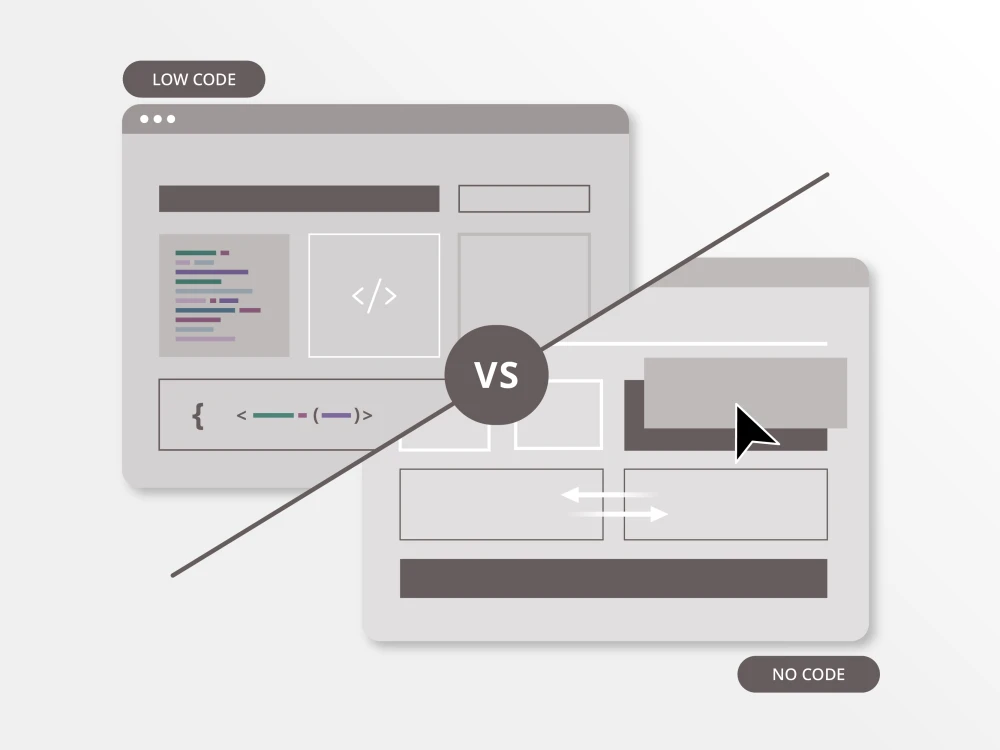As a buyer in the continually evolving technology landscape, researching and selecting a CMS involves careful consideration and asking critical questions to understand the cost of ownership with different CMS platforms. Sure, it can be a nuanced process, but it’s necessary. The right CMS is contingent on an organization’s specifications and requires great attention-to-detail from multiple viewpoints.
From the standpoint of a buyer in the digital landscape, there’s a few factors to consider when selecting a CMS and their associated costs. The evolving technological landscape, user experience trends and market dynamics all come in to play. However, those are just a few of the many factors to consider as the decision-making process to find the right platform has become far more complex than it used to be.
Apart from Digital Experience Platforms, the two most highly valued CMS integrations among organizations are Digital Asset Management (DAM) and Product Information Management (PIM) Systems, accounting for 36% and 30%, respectively. This underscores broader trends in digital commerce, where organizations grapple with the management of an ever-expanding volume of product images, information and digital content linked to their commerce objectives.
Integration capabilities
One of the most critical factors to consider when evaluating a CMS is its ability to integrate seamlessly with other digital tools and platforms. Whether it’s CRM systems, e-commerce platforms, or social media channels, a CMS should offer robust integration capabilities. This ensures a cohesive digital strategy where data flows freely between systems, enabling more personalized and effective campaigns.
Artificial intelligence and machine learning in digital strategy
Artificial intelligence (AI) and machine learning (ML) have moved from simply being buzzwords to acting as essential components of a modern digital strategy. A CMS equipped with AI/ML capabilities can offer personalized content recommendations, automate mundane tasks, and even predict consumer behavior. This not only enhances the user experience but also frees up valuable time for digital buyers to focus on more strategic activities.
Case study: A real-world example
Consider the case of a leading online retailer that switched to a CMS with advanced AI/ML and integration capabilities. The result was a 30% increase in customer engagement and a 20% boost in sales within just three months. The CMS allowed for seamless integration with their existing CRM and e-commerce platforms, enabling real-time data sharing. This, coupled with AI-driven content recommendations, transformed their digital strategy, making their campaigns more personalized and effective.
Conclusion
For digital buyers, the choice of a CMS is a significant decision that can have far-reaching implications on the success of their digital strategy. Key considerations should include integration capabilities and the potential for AI/ML to automate tasks and offer recommendations. By choosing a CMS that aligns well with these needs, digital buyers can ensure a more cohesive, efficient, and successful digital strategy. Here are some critical questions to ask as a buyer seeking out a CMS that aligns with their organizational goals, according to the Winterberry Group report:
- Does the organization prioritize cross-channel adaptability?
- Is a structured content development approach necessary?
- Does my organizations possess the requisite talent and resources for effective platform maintenance?











